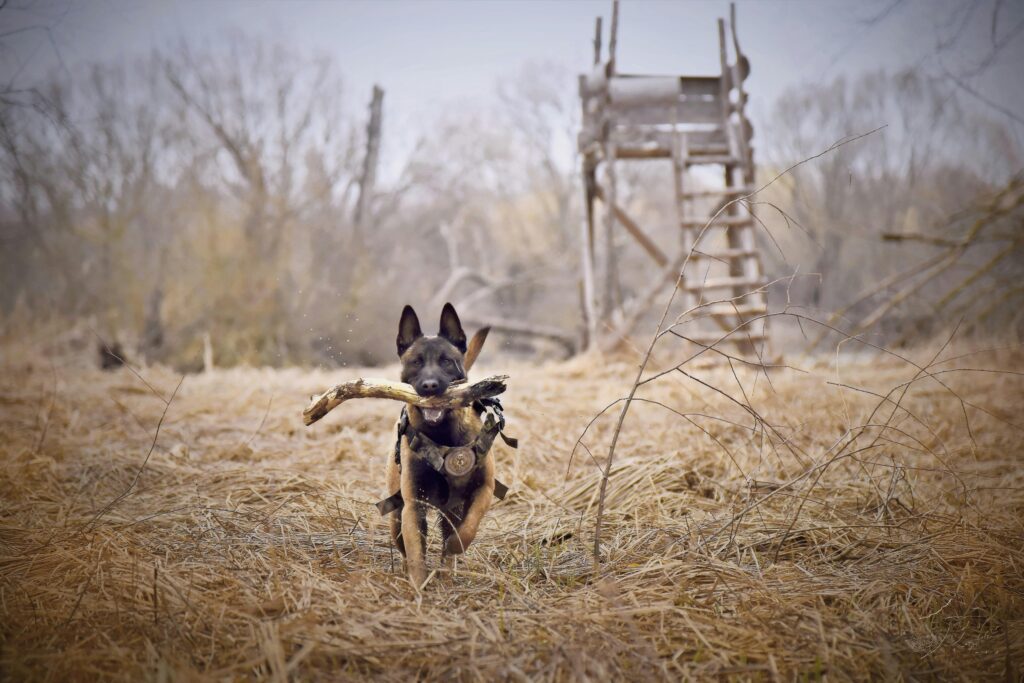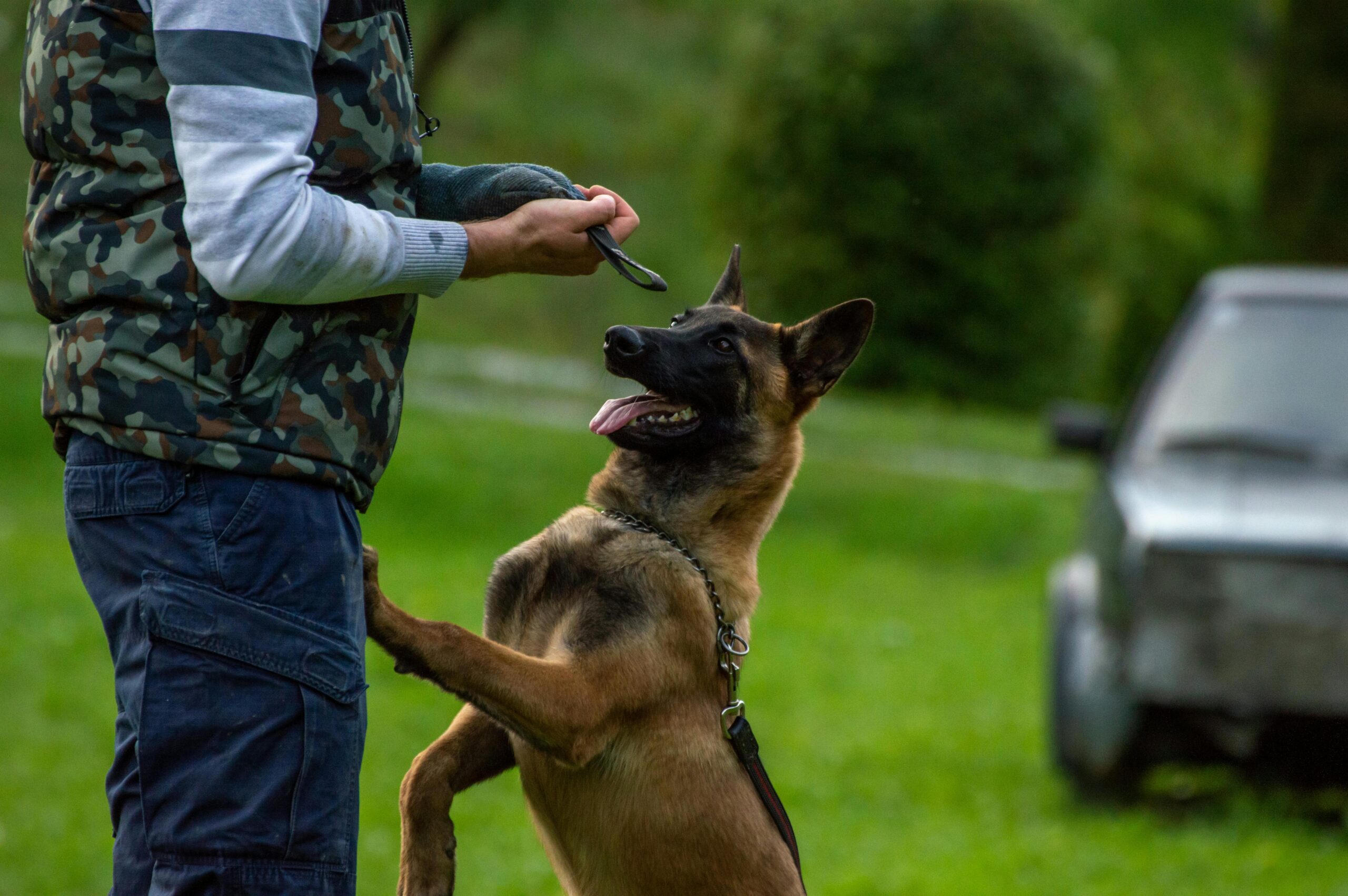An integral component of pet keeping is teaching your animal to follow instructions. This guarantees safety, deepens your relationship, and enables your animal buddy to grow to be a polite housemate. Training any kind of companion animal, dog, cat, or another takes consistency, patience, and positive reinforcement. This book will walk you through successful pet training.

Knowing Your Pet
Know Your Pet’s Personality
Every pet is different; the first step is to know their disposition. For instance, dogs might be eager to please, whereas cats might require more inspiration. Watch how they react to incentives and commands to find
Learn Simple Communication
All pets pick up body language and tone of voice to interpret you. Give unambiguous, consistent gestures and commands. Your pet might learn faster, for example, by combining a hard “sit” with a downward hand gesture.
Develop Trust
Effective instruction starts with trust. Play and affectionate interactions with your pet will help you to build a relationship. Your pet will probably follow your directions more readily when they feel safe.
Getting ready for classes
Develop reasonable objectives.
One does not get trained overnight. Beginning with basic commands like “sit,” “stay,” and “come,” Divide the work into reasonable chunks and acknowledge little successes as you go.
Select the Appropriate Training Setting
Set aside a calm, free from distractions space for Training. Gradually expose increasingly difficult surroundings, such as parks or crowded settings, as your pet gets better to help with focus.
Compile necessary instruments
Motiv your pet using goodies, clickers, and toys among training equipment. Treats should be quick to handle, delicious, and small. With an audio cue, a clicker can confirm excellent behaviour.
Training in Positive Reinforcement
Reward Excellent Performance
Pet training is most accomplished with positive reinforcement. Treats, compliments, or play will reward your pet whether or not they follow a demand. This yields a favourable correlation with the behaviour.
Timing: Essential
Reward your pet right away for the intended behaviour. Delayed gratification might confuse your pet and impede development. Keep workouts ten to fifteen minutes at a time.
Steer clear of penalties.
Punishment can cause mistrust and anxiety. Hence, Training becomes harder. Instead, point unwelcome behaviour towards something constructive. If your dog chews furniture, for instance, present a chew toy.
Instruction on Simple Commands
Strategies for Instructing “Sit”
Hold a treat right up against your pet’s nose.
Rising your hand, guide your head back. Say “sit” and reward them as they drop into a seated position.
Continue daily until they answer consistently.
Instruction in Teaching “Stay”
Get your pet to settle in.
Say “stay,” and hold your hand out, palm front. Retrace slowly.
Should they remain, honour them. Change the distance and time gradually.
Instruction for Learning “Come”
Beginning in a calm space, Say the name of your pet then “come” in an animated voice.
Treats and affection will reward them when they come to you.
Play often in several settings.
Overcoming Typical Obstacles
Managing Distractions
Pets may need more concentration in crowded training environments. To grab their interest, use toys or sweets with great value. Before heading outdoors, practice orders at home.
Managing Reluctancy in Behaviour
Sure pets might object to instruction. Keep calm and consistent; never give up. Divide commands into smaller steps and boost compliance rewards.
Overcoming Anxiety or Fear
Should your pet exhibit anxiety, Training could take more time. Establish peace, speak softly, and avoid too demanding circumstances. Above all, patience is vital.
Modern Techniques of Advanced Training
Pet training is a rewarding journey that enhances your relationship with your furry friend. Following these steps and keeping a positive, patient mindset will set the foundation for a happy and obedient pet. As you share this knowledge on your blog, you’ll not only help other pet owners but also grow your audience and revenue.
Start today, and remember every small step brings you closer to success!
Pair hand signals with voice commands after your pet masters them. This is especially helpful for pets with hearing problems.
Clicked Training
A clicker is a little gadget pressed which produces a clicking sound. Mark positive behaviour with it; then, reward follows. Your pet will come to correlate the click with a positive activity over time.
Training for Socialisation
To boost your pet’s confidence and lower anxiety, expose them to many settings, people, and other animals. Furthermore helping to avoid behavioural problems is socialising.
Preserving Training Consistency
Regular Daily Work
Frequent practice strengthens acquired commands. Ask your dog to “sit” before meals to include Training in your everyday schedule.
Schedule Sessions
Fun Training should be fun for your pet as well as for you. Keep their interest using toys, activities, and an enthusiastic voice.
Track advancement
Plot your pet’s development over time. If they find a command challenging, review the foundations and progressively raise the challenge.
Education for Particular Pets
Education for Dogs
The social nature of dogs makes them inherently trainable. To guarantee safety on walks, give obedience orders and leash training first priority.
Training Cats
Though they need extra drive, cats can learn commands like “sit” and “come.” Reward participation with toys or rewards.
Teaching Other Pets
Simple orders can even be taught to small animals such as birds or rabbits by patient rewards. Customize your approach to their particular habits.
See a Professional
When should one engage a trainer?
Should you find Training difficult, think about consulting a professional. Trainers can teach sophisticated commands and handle certain behavioural problems.
Consolidating Training Courses
One excellent approach to socialise your pet and teach simple obedience is group classes. Search your neighbourhood for courses run under licensed trainers.
Leveraging Internet Resources
Online tools and videos can augment in-person instruction. Select reliable sources using evidence-based approaches and good reviews.
A closer relationship;
The Advantages of Training
Training helps you develop mutual trust and understanding, strengthening your bond with your pet.
Enhanced Security
Trained dogs are less prone to act dangerously, like biting strangers or dashing into traffic.
An Improved House
Pets with good Training are a delight to live with. They are more self-assured, laid-back, and situationally flexible.
Change Your Training Schedule
Change With the Learning Pace of Your Pet
Every animal picks knowledge differently. While some people may need repeated practice, others may pick commands fast. Change your strategy to fit the pace of your pet.
Change Prizes Over Time
Reward every good effort at first. Change to intermittent incentives as your pet becomes proficient in the command to support regular behaviour without depending too much on treats.
Add Training to Daily Living
One does not have to confine training to particular sessions. To make obedience second nature, reinforce directives during daily events such as walks or playfulness.
Designing a Positive Training Ground
Reduce Tension and Wearyness
For your pet, training courses should be a pleasant encounter. Steer clear of Training while they are agitated, hungry, or fatigued since this will lessen their capacity for concentration and learning.
Stay Patient and Consistent
Training calls for both time and effort. Should your pet find a command difficult, avoid rushing or expressing irritation. When necessary, take breaks; then, go back with a good attitude.
Share in Achievements
Each milestone is worth commemorating. Show your pet thanks for a successful command by affection, compliments, or their favorite treat.
Typical Mistakes to Avoid
Unaligned Commands
Your pet will become confused if you give the same command various words or gestures. For a given behaviour, always reinforce learning using the same cue.
Overloading Your Companion
Giving your pet too many commands at once will overwhelm her. To guarantee success and clarity, concentrate on perfecting one command before adding another.
Neglecting Negative Behaves
Deal with bad habits right away yet gently. Ignoring them or inadvertently supporting them can make correction later more difficult.
How long does it take to teach a pet? FAQs About Pet Training
Your pet’s age, breed, and temperament will all influence the time needed. While advanced instruction may last months, basic commands could take a few weeks. Consistency is really important.
Should my pet show no reaction to treats? What then?
Should treats fail to inspire your pet, consider toys, compliments, or other kind of positive reinforcement. Try to identify the thing that most thrills them.
Are older animals trainable?
Older dogs can indeed pick up fresh skills. Though it could take more time than teaching a young pet, persistence, and patience can pay off rather nicely.
Conclusion
Teaching your pet to follow orders calls both constancy and patience as well as a good attitude. Understanding your pet’s requirements, applying rewards wisely, and consistent practice will help you to train them to be a good friend. Remember that every pet picks things at their own speed; hence, keep dedicated and enjoy the road!
